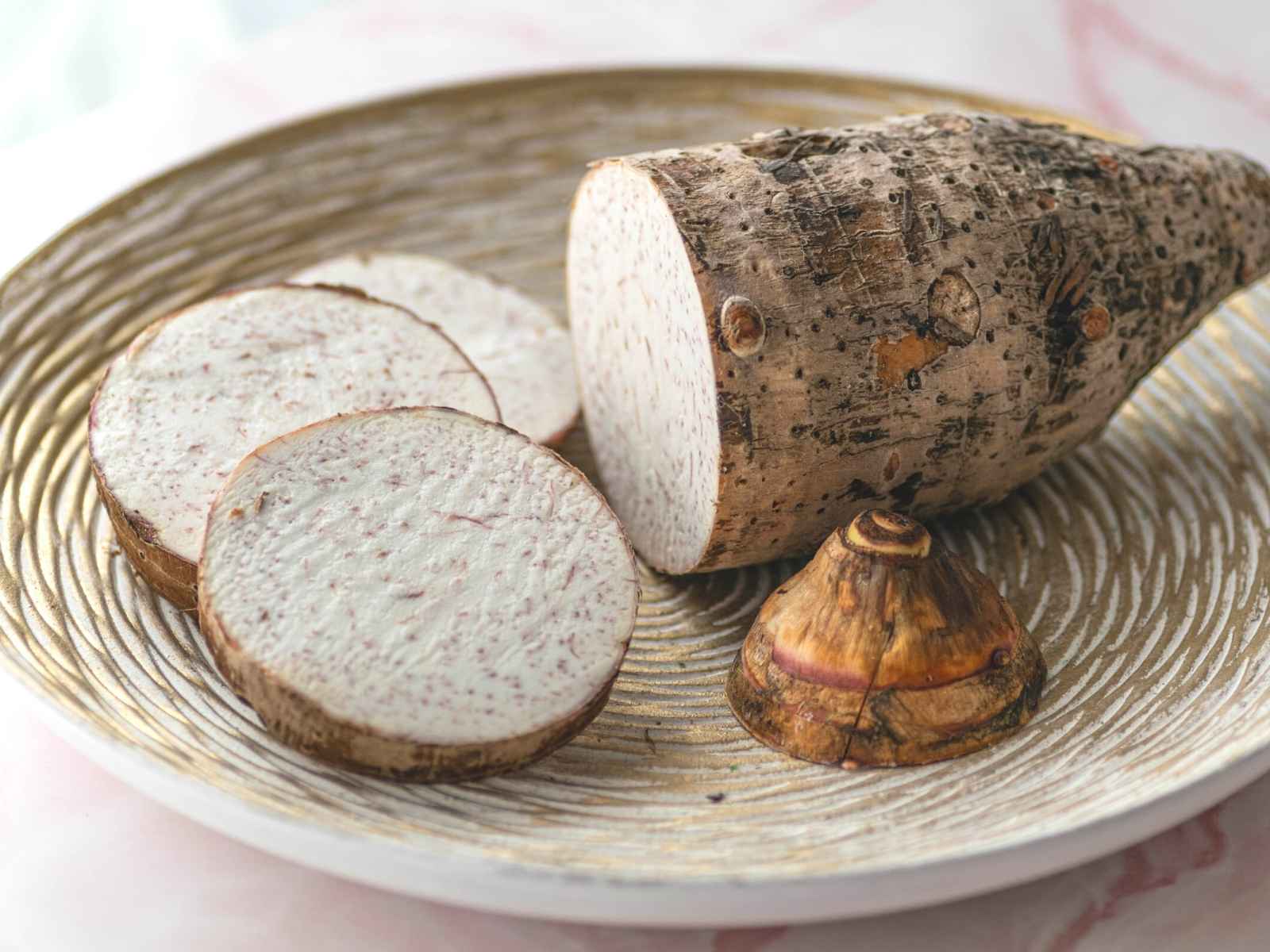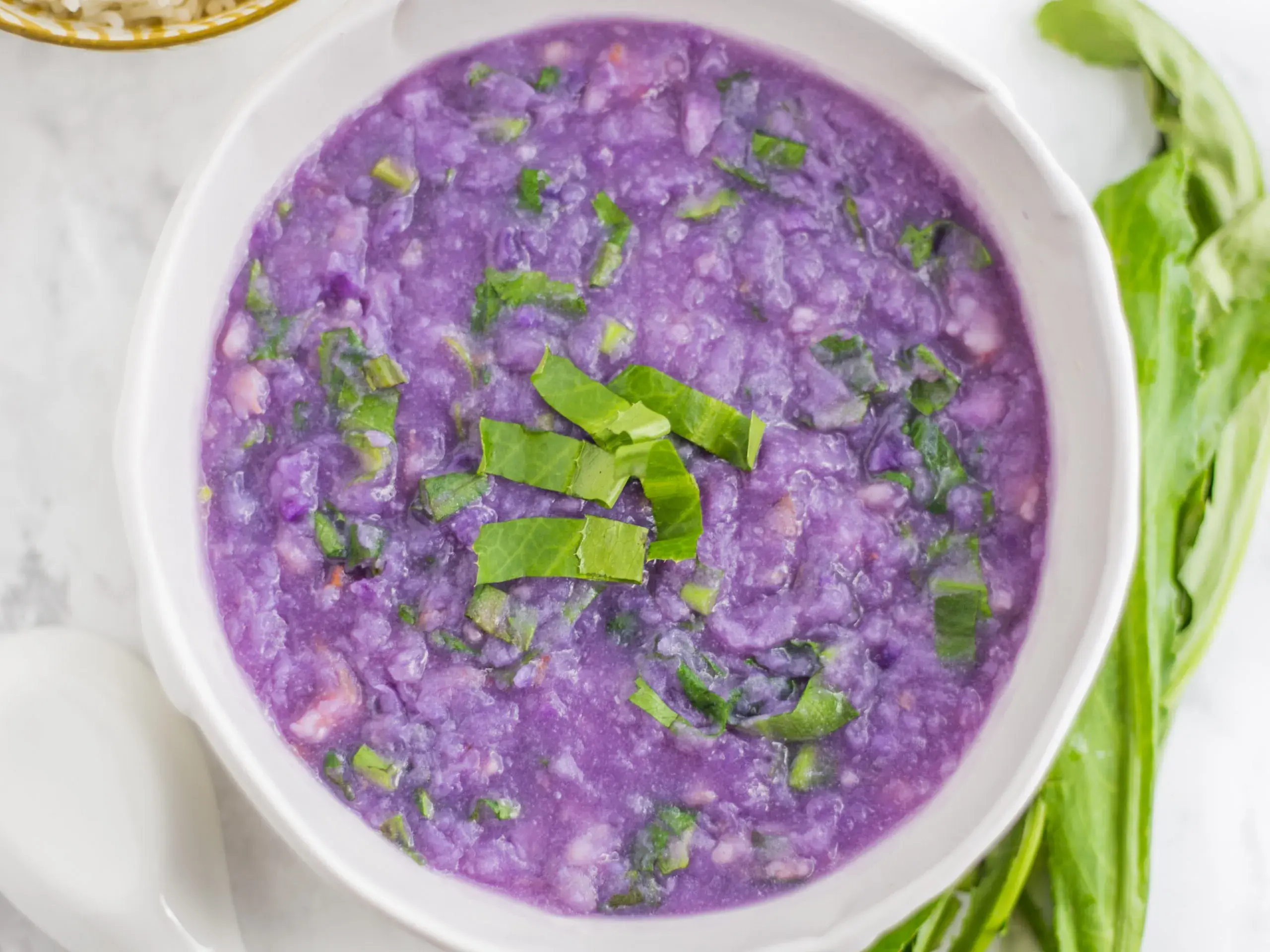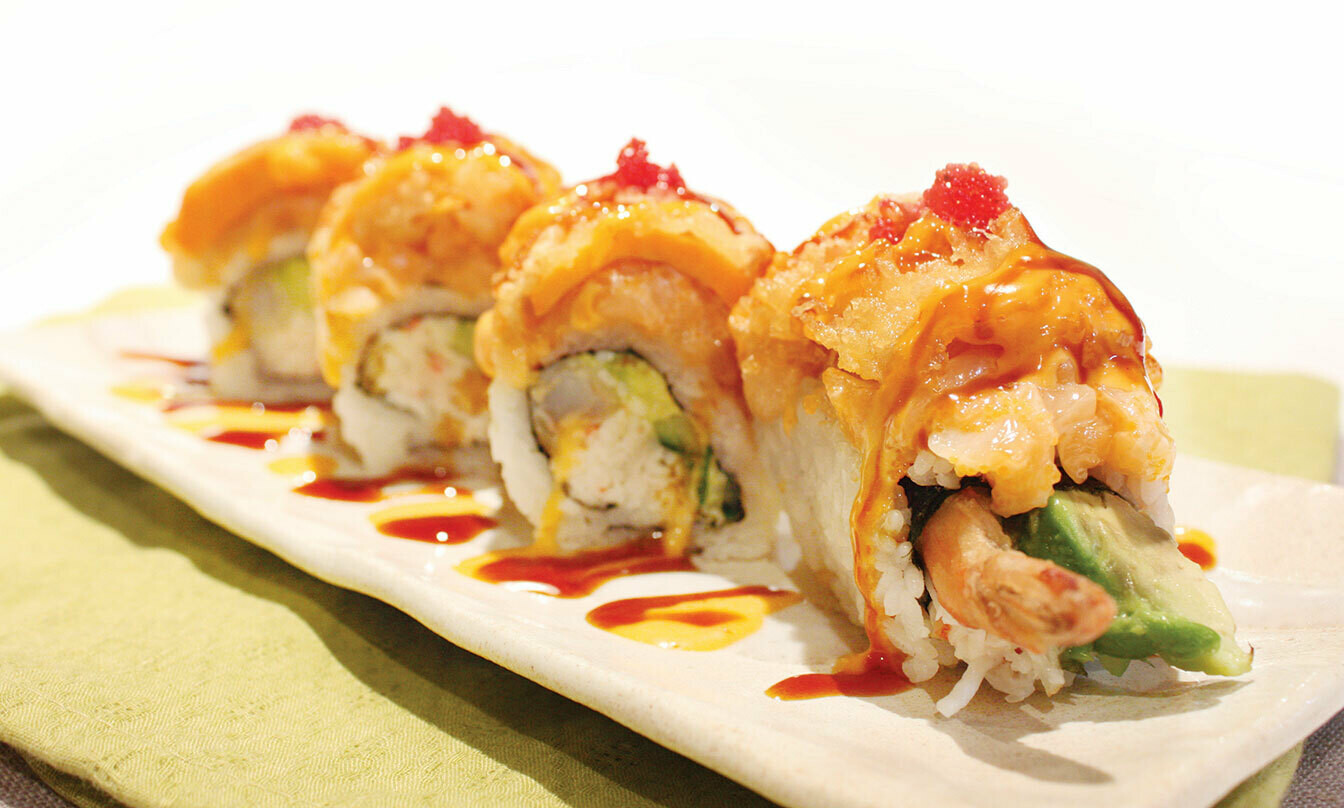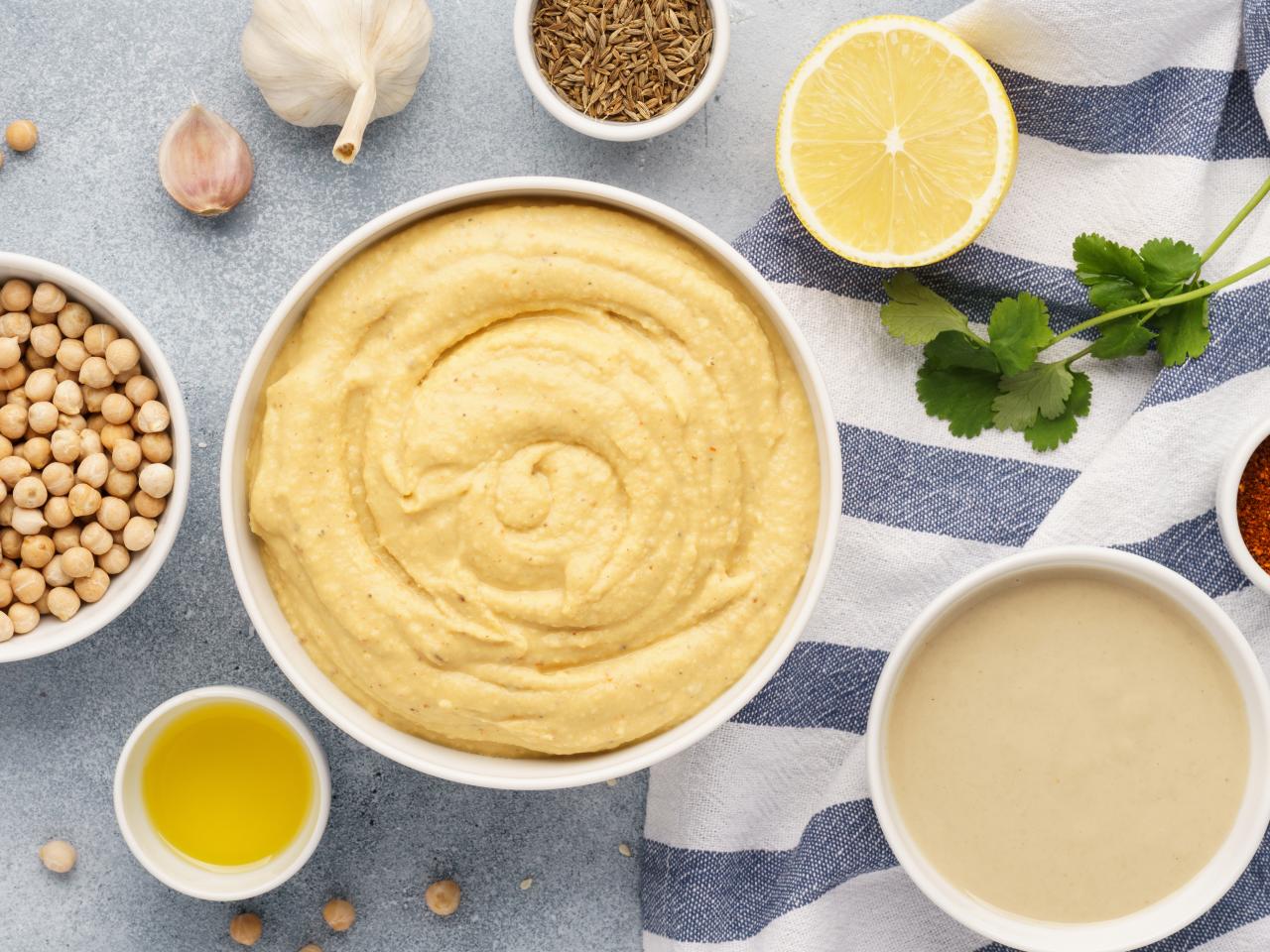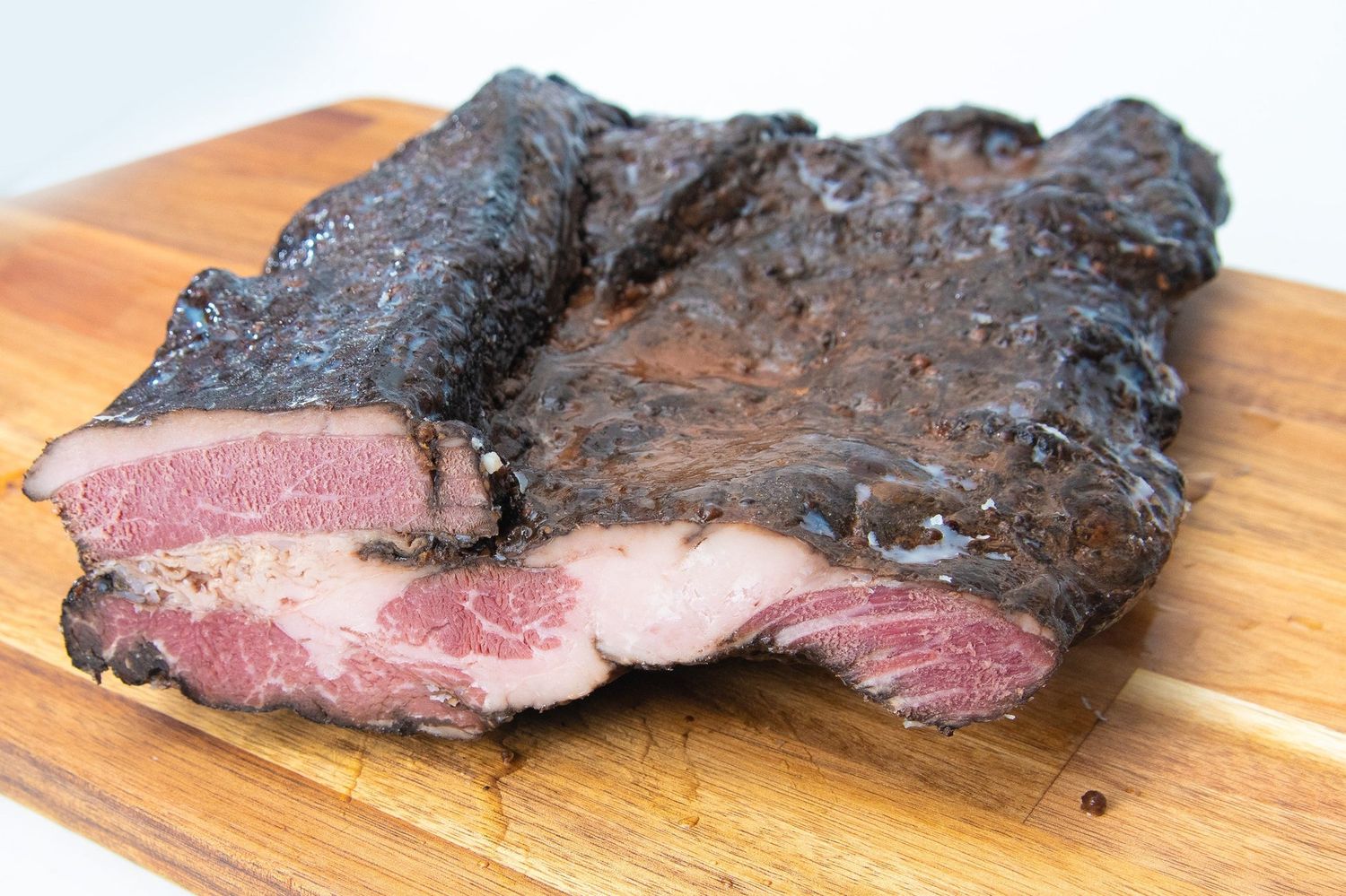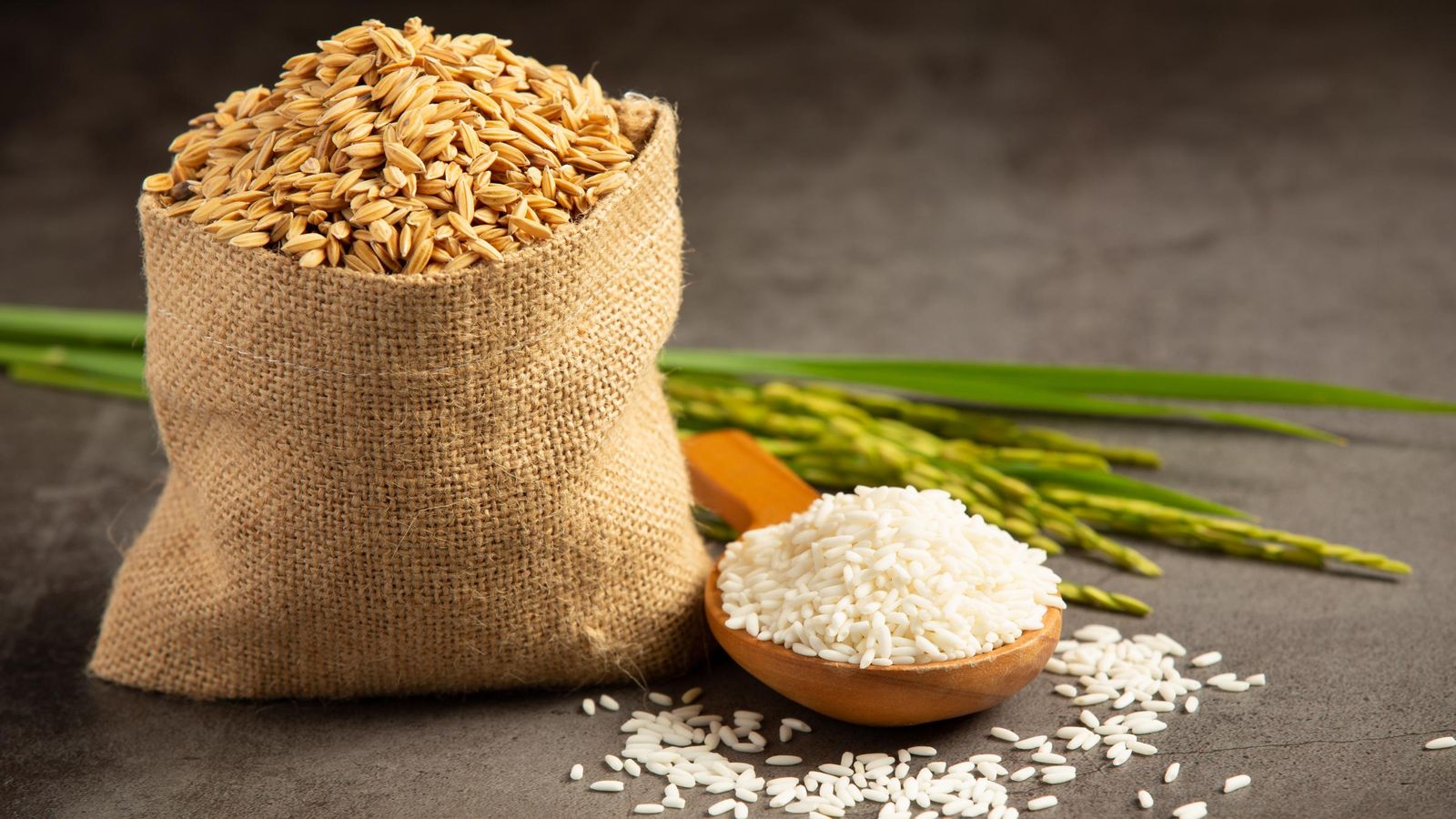Miso paste is a staple ingredient in Japanese cuisine, known for its rich umami flavor and versatility in cooking. Made from fermented soybeans, along with other grains like rice or barley, miso paste is a flavorful addition to soups, marinades, dressings, and more. In this article, we'll explore the origins of miso paste, its nutritional benefits, and how it can be used in various dishes.
Origins of Miso Paste
Miso paste has been a part of Japanese cuisine for centuries, with its origins dating back to the 7th century. It is believed to have been introduced to Japan from China, where the fermentation process was used to preserve food. Over time, miso paste became a fundamental ingredient in Japanese cooking, valued for its unique flavor and health benefits.
How Is Miso Paste Made?
Miso paste is made through the fermentation of soybeans, along with a fermenting agent such as rice or barley, salt, and koji, a type of mold. The mixture is left to ferment for varying lengths of time, resulting in different types of miso paste with distinct flavors and colors. The fermentation process can range from a few weeks to several years, with longer fermentation times producing darker and more intense miso paste.
Nutritional Benefits of Miso Paste
Miso paste offers a range of nutritional benefits, making it a valuable addition to a balanced diet. It is a good source of protein, vitamins, and minerals, including B vitamins, vitamin E, and folic acid. Additionally, miso paste contains probiotics, which are beneficial for gut health and digestion. However, it's important to note that miso paste is high in sodium, so it should be used in moderation, especially for individuals watching their salt intake.
Culinary Uses of Miso Paste
Miso paste is incredibly versatile and can be used in a variety of dishes to add depth of flavor. Here are some popular culinary uses of miso paste:
-
Miso Soup: Perhaps the most well-known use of miso paste, miso soup is a traditional Japanese dish made with dashi broth, miso paste, tofu, seaweed, and other ingredients.
-
Marinades and Glazes: Miso paste can be used as a base for marinades and glazes for meats, fish, and vegetables, adding a savory and slightly sweet flavor.
-
Salad Dressings: Incorporating miso paste into salad dressings can provide a rich, savory element to contrast with fresh greens and vegetables.
-
Miso Butter: Mixing miso paste with butter creates a flavorful spread for bread, seafood, or roasted vegetables.
-
Stir-Fries and Noodle Dishes: Adding miso paste to stir-fries and noodle dishes can elevate the overall flavor profile, creating a delicious umami taste.
Choosing the Right Miso Paste
There are several types of miso paste available, each with its own unique flavor profile. The three main varieties are:
-
White Miso: Also known as shiromiso, this type of miso paste has a milder flavor and is well-suited for light soups, dressings, and marinades.
-
Yellow Miso: With a slightly stronger flavor than white miso, yellow miso works well in heartier soups and stews, as well as in glazes for grilled dishes.
-
Red Miso: Known for its robust and intense flavor, red miso is ideal for rich and savory dishes, such as braised meats and bold-flavored soups.
When selecting miso paste, consider the intended use and desired flavor profile to choose the most suitable variety for your recipe.
In conclusion, miso paste is a versatile and flavorful ingredient that adds depth and complexity to a wide range of dishes. Whether used in soups, marinades, dressings, or as a flavor enhancer, miso paste brings a unique umami taste to the table. With its rich history and nutritional benefits, miso paste continues to be a beloved staple in Japanese cuisine and a valuable addition to the culinary world.
Was this page helpful?
Read Next: What Is A Monaco Cocktail?
